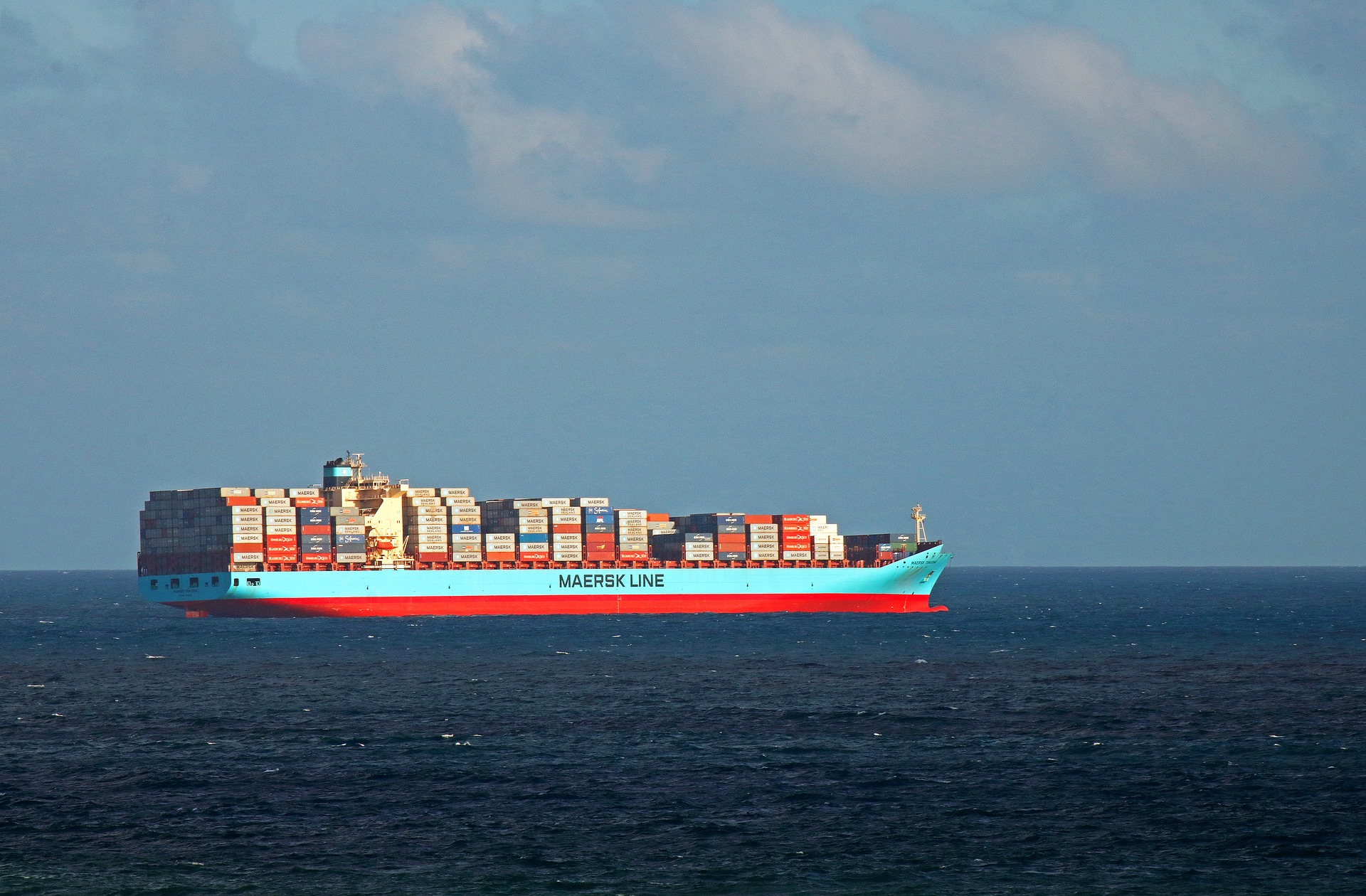
Tāmaki Makaurau – Tradetech for New Zealand will ensure the efficient global exchange of goods and will boost the Kiwi economy out of the covid pandemic.
In a world of hyper-connectivity and complexity around strategic alliances, supply chains and global value networks, how will cutting-edge tradetech be used to monitor and control the actions of states and corporations?
A more resilient, productive and lower carbon freight and supply chain sector that will play a pivotal role in growing the New Zealand economy, and future proof it from further international shocks, is now a step closer.
Te rautaki ueā me te rautaki whakawhiwhinga o Aotearoa, a New Zealand freight and supply chain issues paper, is the first step in developing a strategy that will optimise the supply chain over the next 30 years.
Global manufacturers across automotive, industrial, fashion and technology sectors have quickly responded to the growing crisis by announcing their decision to cut Russian operations. They will no longer export or import goods and commodities over the border to Russia.
Many called for a boycott on large food and drink companies such as PepsiCo, KFC, Starbucks and Burger King, which were continuing to do business in Russia.
#BoycottMcDonalds and #BoycottCocaCola have been trending on Twitter. Mercedes-Benz, Siemens, Nike and Apple join a growing group of huge brands in announcing they are now imposing trade bans of their own.
How can humanity make the supply chain entirely robust and able to adapt to all kinds of changing fundamental conditions?
How can the world make the very structure of the supply chain more accountable and compliant for this scenario of sanctions accountability, and for the many others we will surely encounter as we embark on an increasingly uncertain future?
Technology trade increases the volume of trade in goods. Technology trade increases product variety at the market equilibrium.
Pattern recognition tech is democratising trading. Investors no longer have to rely on experts as data science produces trading strategies that resolve investment challenges.
In addition, digital technologies will affect the composition of trade by increasing the services component, fostering trade in certain goods such as time-sensitive products, changing patterns of comparative advantage and affecting the complexity and length of global value chains.
For it to achieve its full potential to produce innovative solutions that grow economic, societal and environmental value, it needs to be globally coordinated to unleash efficiency gains and mitigate risks like job displacement and environmental harm.
While Tradetech remains a challenge for large enterprises, most micro and small- and medium-sized enterprises risk being excluded as they lack access.
An example of tradetech is the e-bill of lading (eBL), the electronic version of the typically paper-based inventory of a ship’s cargo. Lading is the action of loading a ship with cargo.
Original bills of lading are used on an estimated five trillion dollars’ worth of containerised freight shipments every year, but these paper documents cost time and money to transact.
The eBL is a standard, industry-supported, end-to-end digital solution that provides shippers, cargo owners and freight-forwarders a streamlined and secure process for the issue, transfer and surrender of original bills of lading.
Another example for a technology-driven solution that facilitates international trade are online trading platforms that have opened new sales and sourcing channels for small and medium-sized enterprises (SMEs), including global e-commerce sales in particular, during the covid pandemic. Online platforms are a key avenue towards SMEs becoming a digital enterprise.
As the world becomes more digital and interconnected, this drives the need for solutions providing protection against cyberattacks.
Different attacks in recent years, which have negatively affected companies and organisations, show the need to improve the adoption of cybersecurity solutions which, by definition, constantly evolve and reinvent themselves to keep up with the fast development of malicious software.
Artificial intelligence (AI), blockchain and distributed ledger technology (DLT) and the internet of things (IoT) will drive the changes in global trade.
Trade agreements are generally technology neutral, and many existing trade rules apply to digital trade. Yet, developing explicit rules will be needed to provide further legal certainty as to how they apply in the digital field.
Trade rules can:
• prevent a fragmented technological environment by encouraging international regulatory cooperation and by promoting regulatory harmonization and coherence;
• prevent governments from introducing discriminatory measures favouring local providers or measures that are unnecessarily trade restrictive;
• ensure transparency of regulatory requirements and procedures;
• enhance market access;
• facilitate foreign direct investment, such as investments in information and communications technology (ICT) to fortify tradetech adoption.
Since 2010, regional trade agreements (RTAs) have increasingly integrated e-commerce and digital trade provisions.

